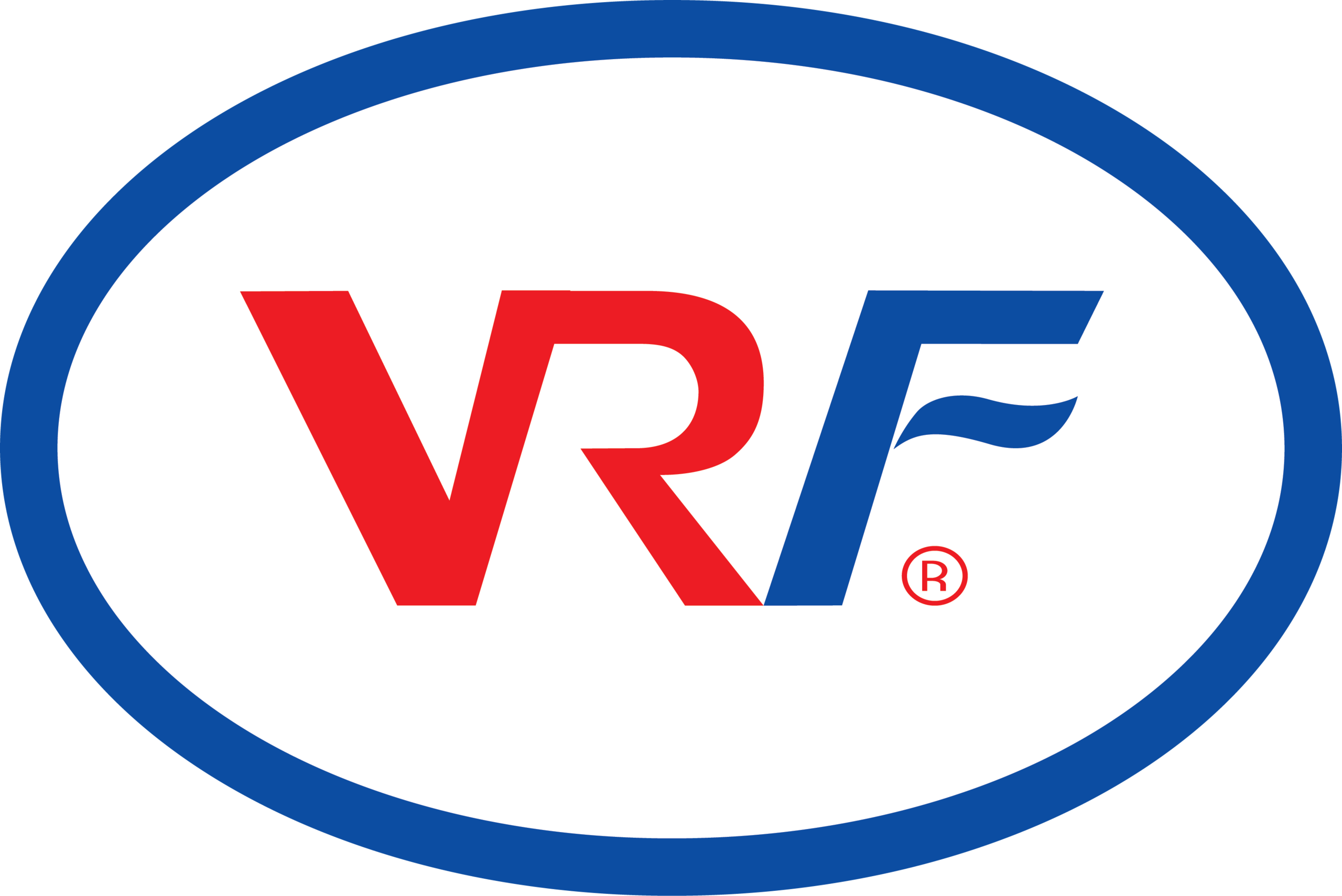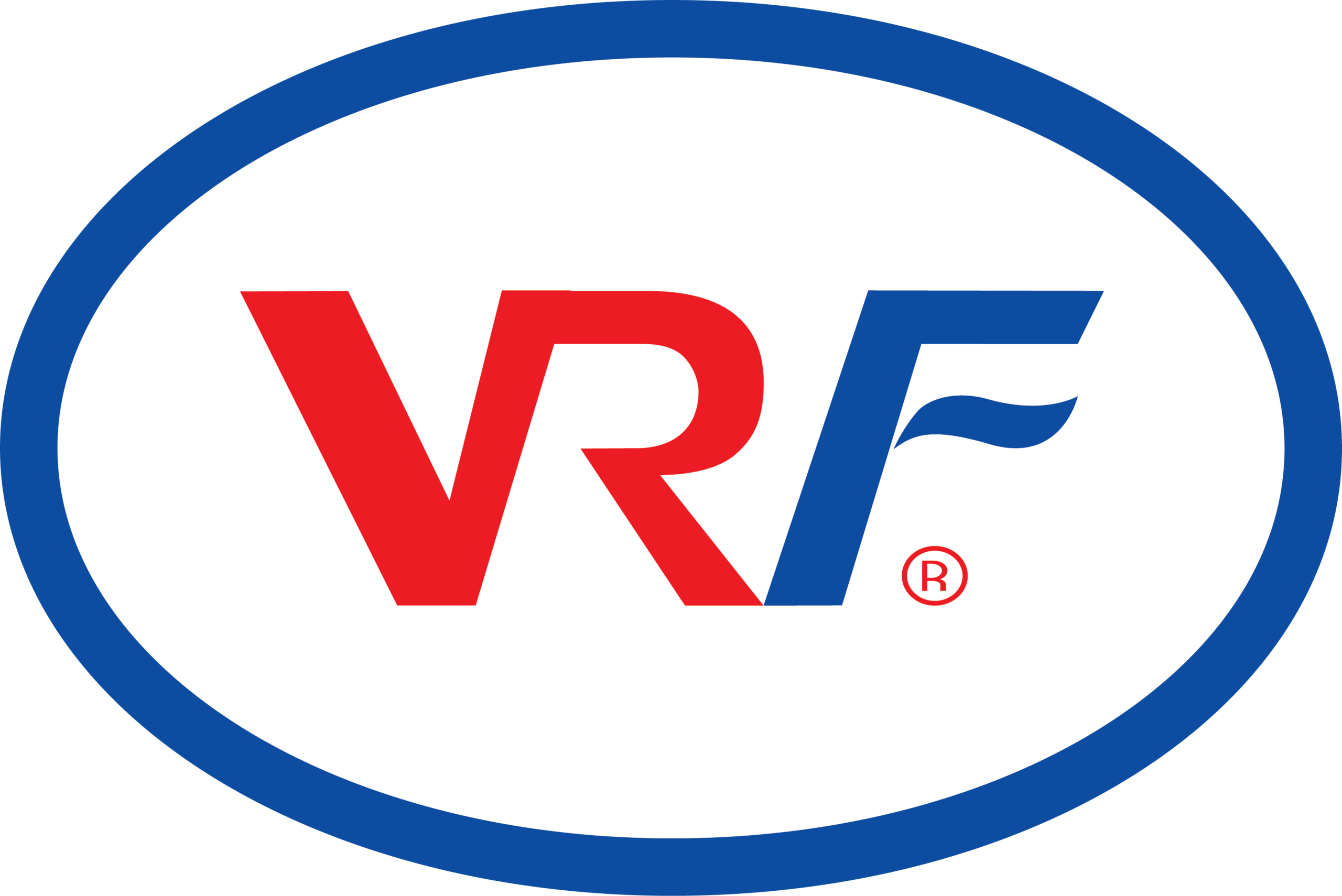The Smart And Interactive Textile Market has become a vital part of the evolving landscape of wearable technology, marking a new era where fabrics no longer serve just as clothing but as responsive, data-driven systems. These smart materials combine sensors, microchips, and advanced fibers to create garments capable of communication, temperature regulation, and data collection. From medical wearables to military uniforms, the versatility of these textiles is revolutionizing several industries. The integration of such technology is rapidly blurring the boundaries between electronics, apparel, and artificial intelligence.
As fashion and technology converge, manufacturers are striving to design smart textiles that are both functional and aesthetically appealing. Advances in nanotechnology and conductive polymers have allowed seamless embedding of electronics within fabric without compromising comfort. This trend is opening up opportunities for innovation across fitness, automotive, and healthcare applications. The Smart And Interactive Textile Market is witnessing a surge in demand as companies explore its potential for sustainability, real-time health tracking, and energy efficiency.
Growing awareness of environmental concerns has led manufacturers to embrace sustainable production processes. Many smart textile companies are experimenting with organic fibers and eco-friendly dyes while integrating digital intelligence. The adoption of renewable energy sources and recyclable components has further strengthened the market’s green credentials. As wearable technology becomes a daily norm, fabrics that can monitor physical health or enhance user safety are gaining significant traction globally.
According to insights from Smart And Interactive Textile regional insights, regions such as North America, Europe, and Asia-Pacific are leading innovation in this space. Asia-Pacific, in particular, benefits from strong manufacturing capabilities, while Europe leads in advanced R&D initiatives. This regional collaboration is fostering product innovation and accelerating the global adoption of smart fabrics. The next decade will likely see widespread integration of interactive textiles in daily life, transforming how we live, work, and experience technology through our clothing.


